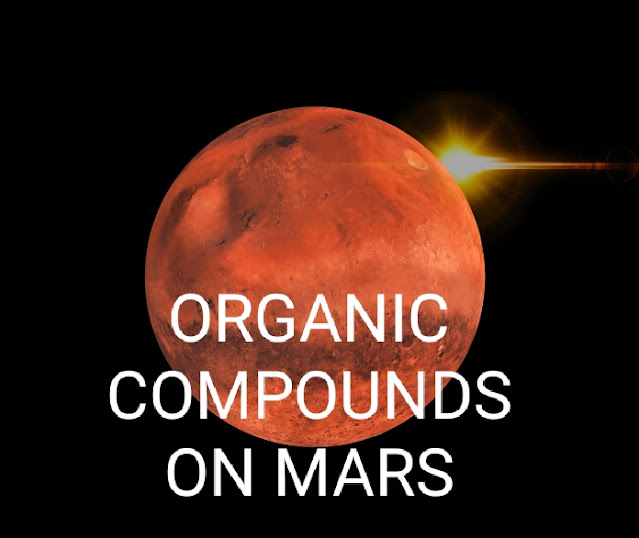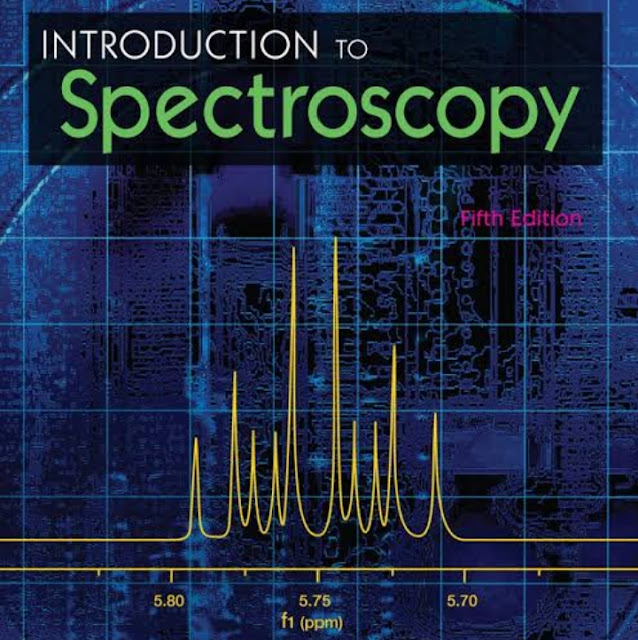PLANET JUPITER

Jupiter is the fifth planet from the Sun and the largest in the Solar System. This is basically a gas giant and has mass equal to 1000th part of the Sun and two and a half times the mass of the total of other seven planets of the Solar System. In the night sky Jupiter can be seen from naked eye. It has been observed since the pre-historic times and is named after the Roman God Jupiter, the King of Gods, because of its massive size. When viewed from Earth, Jupiter can reach a record relative to –2.49, bright enough to cast shadows making it the average third brightest object in the sky after Moon and the Venus. Jupiter is primarily composed of hydrogen, but helium consists a quarter of its total mass and its core is probably made up of rocky material and heavier elements, but like other giant planets, Jupiter lacks a well defined solid surface. Because of its rapid rotation, its shape is that of an oblate spheroid (and has a slight but noticeable bulge around the...








